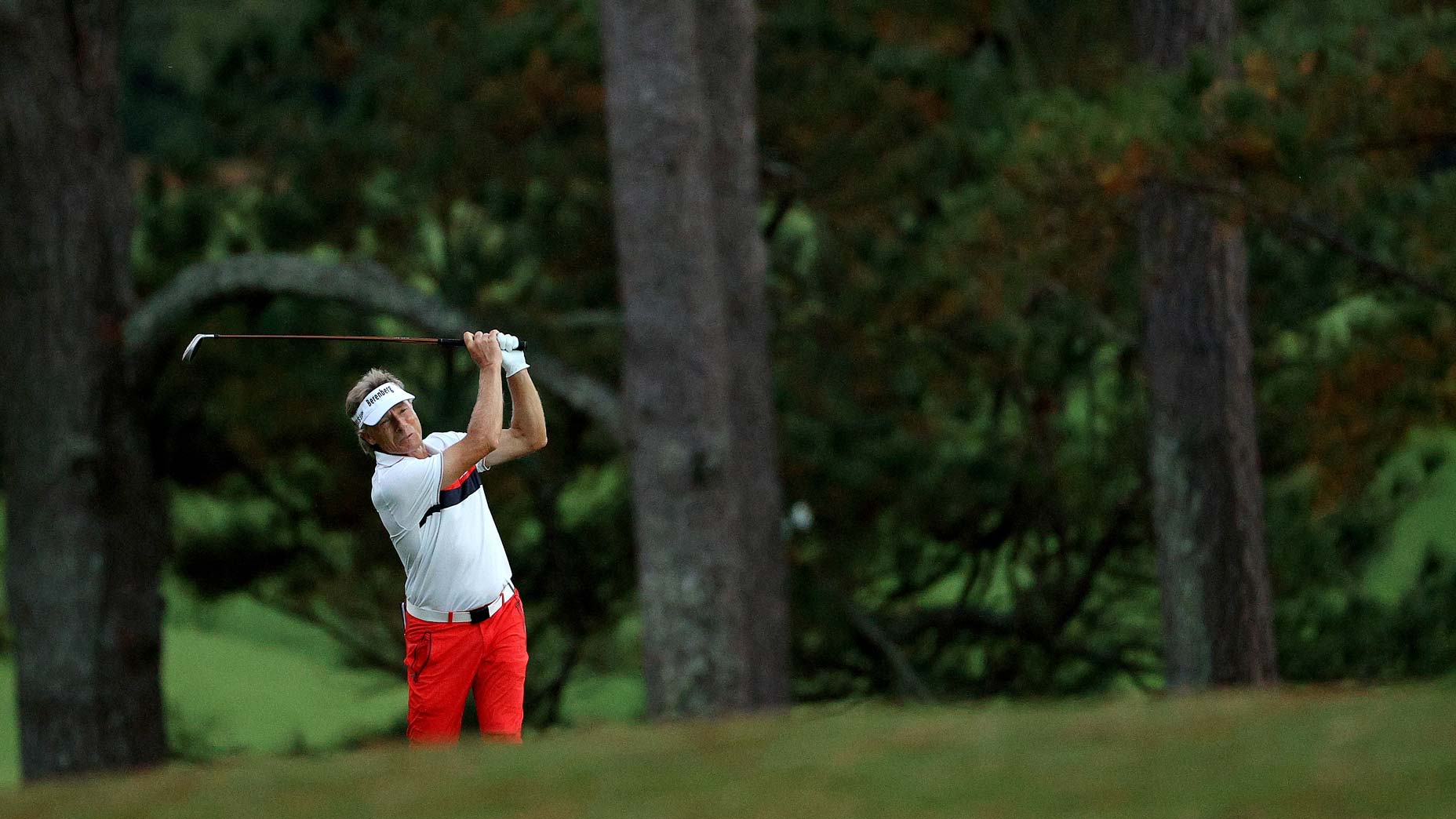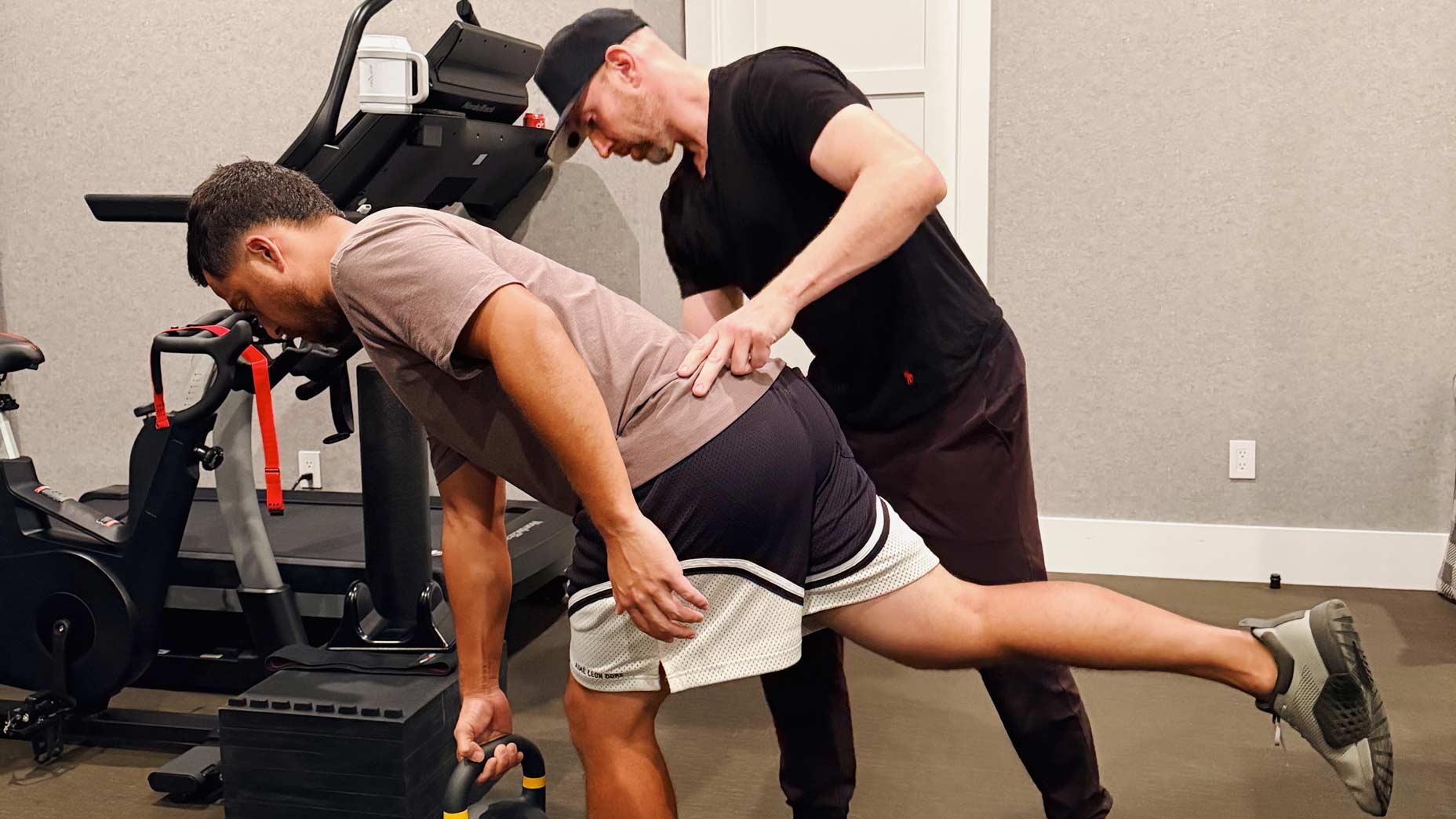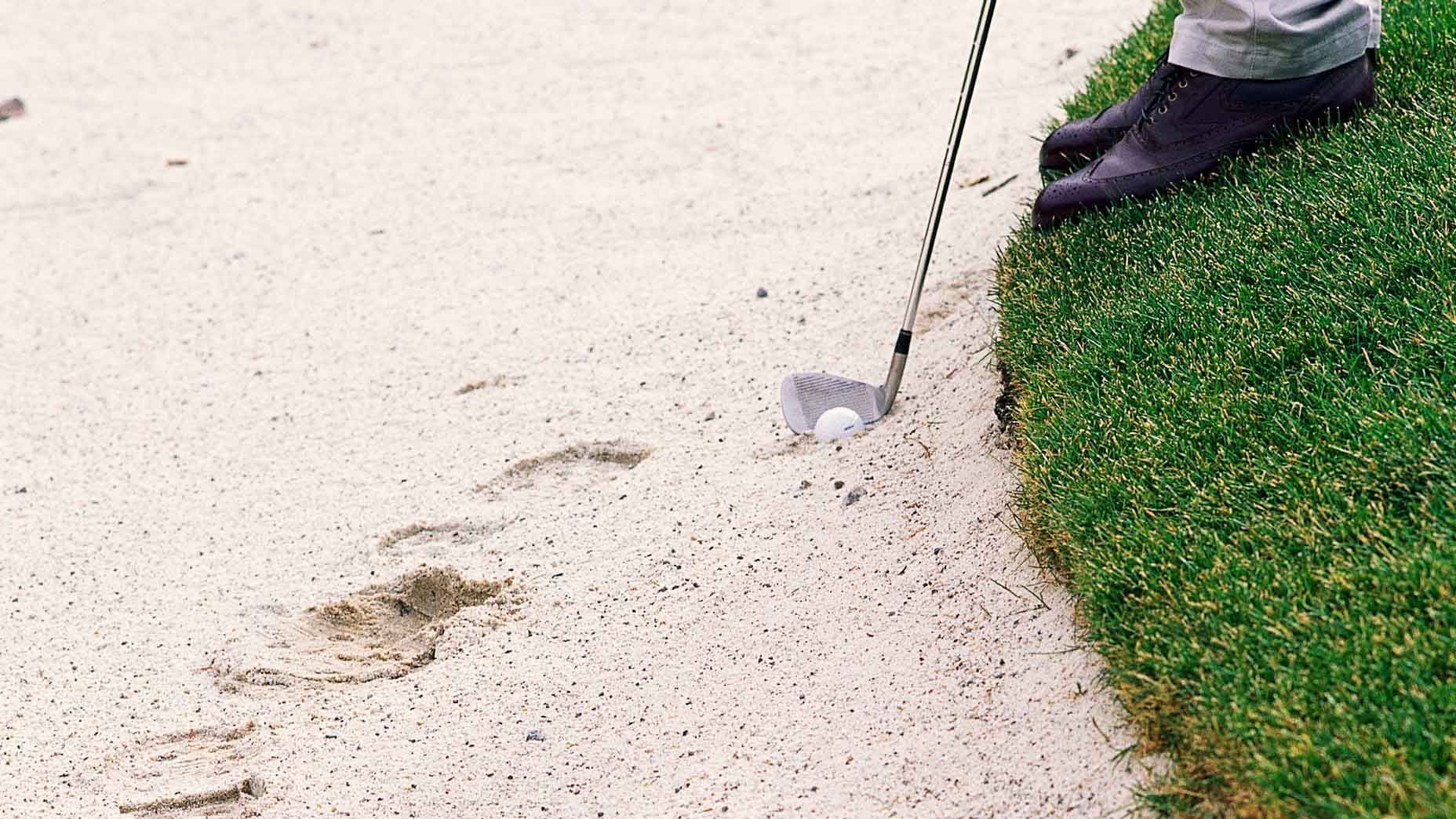Distance is key in golf these days. If you can bomb the ball down the fairway, you have a distinct advantage over your competitors. It’s a fact that’s been proven by analytics and one that Bryson DeChambeau has taken to the utmost extreme.
But just because distance is an advantage, doesn’t mean you have to be long to be successful — especially in the recreational game. Sure, extra yards off the tee will certainly help your game, but just because you aren’t capable of hitting the ball miles down the fairway doesn’t mean you can’t be a solid golfer.
Take Bernhard Langer at the Masters last week, for example. Despite averaging a meager 260 yards off the tee for the week, he still made the cut and eventually finished T29 . At the age of 63, that’s quite the feat — even more so when factoring in how long the rain-soaked course was playing last week.
And while Langer has years of experience under his belt, the blueprint he used is one that can be applied to any short hitter’s game if they want to be successful despite a distance disadvantage. Here’s how.
1. Find the fairway consistently
Hitting fairways is always important, but if you’re a short hitter it is absolutely crucial. Short and crooked is perhaps the worst combination you can have. You’ll likely be hitting many longer clubs into greens and doing that from the rough — often times with difficult angles — is just too difficult to give yourself consistent scoring opportunities. Langer hit 49 of 56 fairways for the week at the Masters, good for 87.5 percent. If he didn’t find fairways at such a high clip, his excellent play never has a chance. It all starts off the tee.
2. Manage your misses
Without the weapon of distance in your bag, you will be hitting many longer clubs in your bag. These longer clubs naturally have larger dispersion patterns, so you’ll have to be extra cognizant of where the correct spot to miss is. Focusing on the flagstick when hitting hybrids and long irons into greens is a fool’s errand. Instead, think about where the easiest place to make a par from is around the green. Aim for that spot and favor your misses to that side. Golf is a game of misses, and even Langer mentioned this was an element of his success.

3. Dial in your wedges
Longer shots into greens means more missed greens, and more missed greens means hitting more wedges, so become extremely comfortable with these clubs in your hand. Langer only hit 62.5 percent of his greens for the week, but he only made 13 bogeys and zero doubles over 72 holes. A lot of that can be attributed to his proficiency around the greens.
“I know how to play this golf course,” Langer said. “(I) just have to play my angles and rely on my short game.”
If you can miss in the correct spots and bail yourself out with wedges, you can keep yourself in the round no matter how long the course play.
4. Fine-tune the flatsitck
When you find the dancefloor, you have to roll the ball well. Your proximity to the hole will not be very good after hitting long clubs into greens, so focus on lag putting and putts inside six feet during your practice sessions. They will be relied upon heavily.
“With me it’s really all the putter,” Langer said. “If I can make a few putts, I know I can shoot somewhere around par or even under, and that’s usually good enough to hang in there. If my putter goes bad, then I’m struggling because I’m not going to hit the ball very close.”
Becoming a near-automatic two-putter can be a huge asset. It turns those three-putt bogeys into pars and can keep doubles off the card. Stealing a few strokes per round with the putter is an easy way to drop your handicap.
5. Know your game (and play it!)
Of all the tips, this is the most important of all — know your game and play it. If you want to keep up with your long-bombing playing partners, you’ll need to become intimately familiar with your strengths and weaknesses so you can think your way around the course.
“Normally I play my own game,” Langer said. “I don’t even worry about who I’m with and all that.”
Don’t let what your playing partners are doing distract you from your own game. In fact, there’s no reason to focus on what they’re doing at all. Pick a game plan that suits your game and execute it. They might be able to hit it farther than you, but you can neutralize that advantage if you can outthink them. Figure out what you do best and lean on it. You’ll surprised how far your own game can take you when properly executed.










